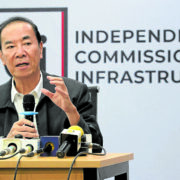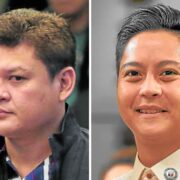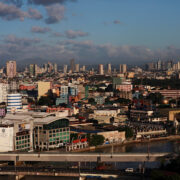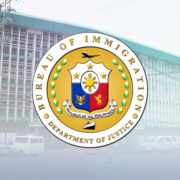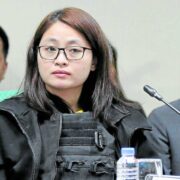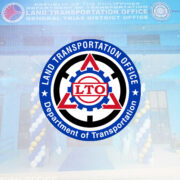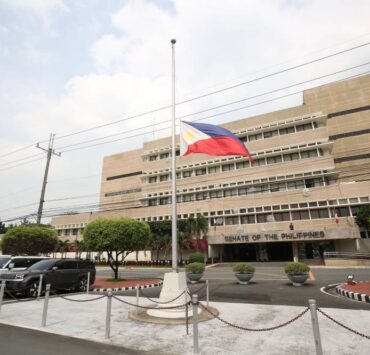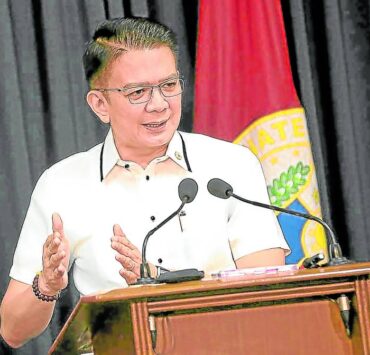Ashes to ashes: The five phases of Johnny Enrile
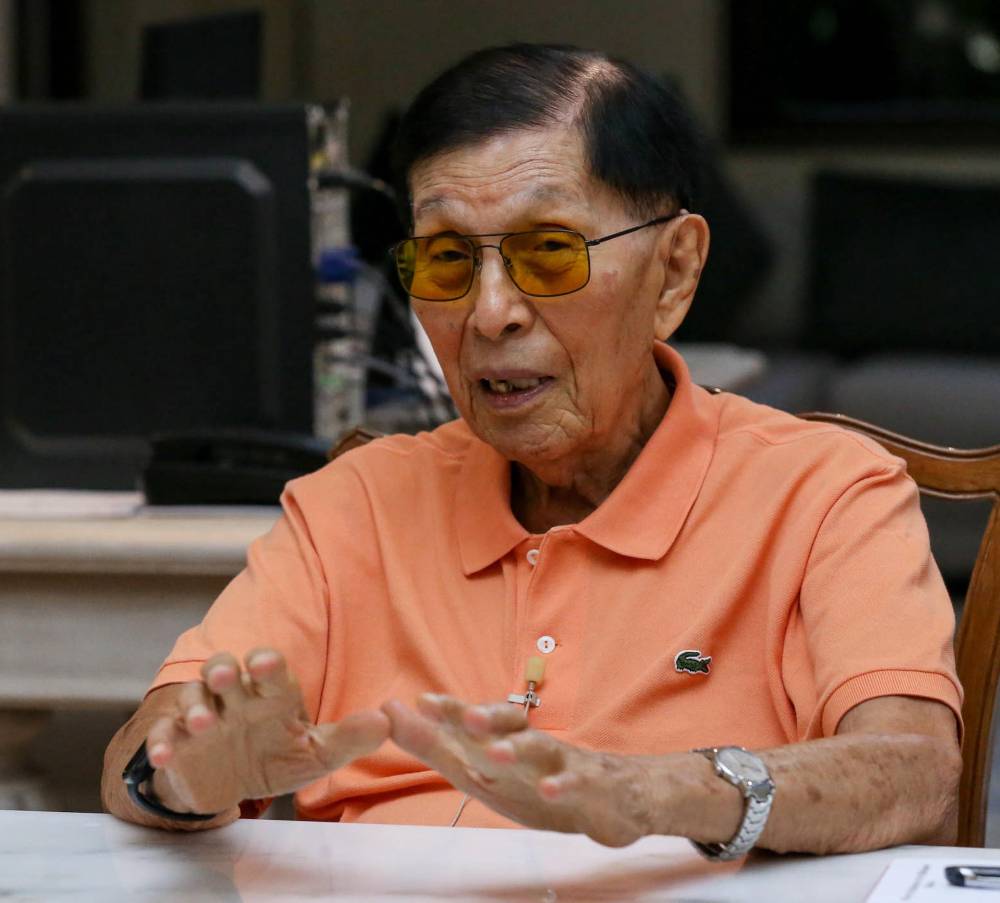
(Second of three parts)
To this day few Filipinos appreciate the kind of legal legerdemain engaged in by Ferdinand Marcos Sr. and his lieutenants. In a country still close enough to the American colonial era to be thoroughly grounded in American precedents, the understanding of martial law was imbued with the precedents of the American Civil War: It did not, for example, include the suspension of terms of office. If Marcos was going to use martial law to establish a dictatorship, not just legal, but political, creativity would be required.
It’s a testament to Juan Ponce Enrile’s usefulness and, it has to be assumed, reputation for efficiency, thoroughness, and discretion, that he was assigned the task not only of planning, but implementing, martial law.
Three fronts
The plan unfolded on three fronts: the first was the martial law proclamation itself, building on the suspension of the writ of habeas corpus a year earlier— communist rebellion was afoot and the republic had to be saved.
The second was the actual self-coup, in which Marcos, in the absence of the legislature which had gone on recess until January 1973, assumed lawmaking powers and excluded his actions from the purview of the courts, invoking, all the while, powers as commander in chief that were never contemplated, much less granted, by existing laws.
And the third was the replacement, entirely, of the 1935 Constitution with one that would provide the means not only for his continuation in office, but the abolition of other, possibly contrarian, institutions, such as Congress itself.
Marcos had planned to impose martial law on Sept. 21, after Congress went on recess. When it looked like Congress might take longer than expected due to committee meetings, Marcos, it seems, had to improvise and Enrile famously provided the pretext: a supposed assassination attempt that he famously said, in 1986, had been faked, but which more recently, in his memoirs, he denied was staged.
Marcos duly appeared on television the next morning to inform the Filipino people of a fait accompli: the media was shut down, utilities placed under government control, and a quick succession of proclamations, executive orders, and the first of his presidential decrees sandbagged the new regime against all comers.
Within five months, he had achieved all his aims. But as early as a few days after imposing martial law, he’d already been able to crow in his diary that“nothing succeeds like success!”
Number Two
As secretary, later minister, of national defense, Enrile was widely perceived at first to be the No. 2 man in this new dispensation.
In the division of spoils, so to speak, under the dictatorship, Enrile’s origins in the forestry-rich Cagayan Valley made him the ideal administrator of the lucrative logging industry, responsible for assigning timber concessions. A manifestation of this is his continuing domination of matchstick production in the Philippines. Murder incidents in the logging concessions he controlled were never his responsibility: investigations he ordered pinned the blame on rebels.
He became embroiled as well in the efforts to create state monopolies on the country’s two traditional agriculture exports, sugar and coconut. In Enrile’s case, he became one of the top two cronies involved in the coconut industry. (In an interesting aside, after decades of litigation over what is called the coconut levy, the funds sourced from coconut farmers and held by the Philippine government since the Marcos administration, one of the last acts of President Rodrigo Duterte was to authorize presidential use of the fund—a new perk that Ferdinand Marcos Jr., by deciding early in his term to personally hold the agriculture portfolio, found under his purview).
Joined at the hip
Whatever the division of spoils, and the impunity he enjoyed, there always remained the paramount interests of Ferdinand Marcos and his family. The interlocking nature of these arrangements is best exemplified by the saga of the shares held by various associates of the Marcoses in a telecommunications firm that were consolidated in 1988 into Civil Case No. 0009, pursued by the Presidential Commission on Good Government established by Corazon Aquino in 1986 to go after the hidden wealth of the Marcoses.
Along with various associates of the Marcoses, defendants in the suit included the Marcoses themselves, Ferdinand Jr., and Enrile. The case continues in court, but in 2019, the Marcoses, Marcos Jr., and Enrile were acquitted, although the case continues on the assumption that the remaining defendants were dummies of Marcos.
As we shall see, Enrile remaining, for all intents and purposes, joined at the hip with the Marcoses in these cases may have fostered their eventual reconciliation and renewed alliance.
The apogee of Marcos’ rule is widely considered to have been reached in 1981, when he responded to papal pressure by formally lifting martial law while proclaiming a New Republic. By 1983, Enrile’s interests and clout had led him to establishing his own law firm, Pecabar (which exists to this day as Ponce Enrile Reyes & Manalastas). Here, he was almost a decade late in the game of legal rent-seeking (Accra was established in 1972).
But that was also the year in which rumors of Marcos’ illness had stimulated not only jockeying among his subordinates over the succession, but arenewed activity by opposition figures, such as Benigno S. Aquino Jr., who came home to reason with Marcos but was assassinated instead.
Enrile III: From hero to heel
By 1983, Ferdinand Marcos had conferred the status of crown prince on Ferdinand Jr. and made him governor of their home province. But if the dictator were to suddenly die, a shadowy committee would be given governing power. By all accounts, Imelda Marcos was the only acceptable successor to Marcos and constituted a faction of one, with the military chief, Fabian Ver, aligned with her.
For his part, Enrile had been increasingly marginalized as Marcos got sicker and Imelda operated as acting president during his confinements. Enrile by this time had gathered around him a coterie of ambitious young officers. The assassination of Aquino at a time when Marcos was quite sick began a process of disintegration that ended with the Marcoses going into exile.
The accepted chronology is that the fall of Marcos itself was kicked off by a foiled attempt—by Enrile—to topple him.
If, once upon a time, Enrile had dreamed of setting himself up as the successor-by-putsch of Ferdinand Marcos, when he realized that such ambition couldn’t be fulfilled, he reconciled with the dictator.
The date? Feb. 25, 1986. The time? Sometime past 7 in the evening. The location? The park of Malacañan Palace itself, as Marcos prepared to board the helicopter on the first leg of his journey into exile.
According to Sterling Seagrave, from the shadows emerged Enrile, who, after a brief private conversation, embraced Marcos. Having helped pull Marcos down, Enrile almost immediately started helping him up again.
(Marcos’ own aide-de-camp never mentioned such a meeting; according to him, Marcos’ last contact with Enrile was over the phone).
Fractious relationship
If true, the meeting marked the moment Enrile returned to the fold. It’s more plausible than one might think.
Earlier that day, having rejected an offer by Marcos to pardon him in exchange for Marcos staying on as ceremonial president, Enrile attended Cory Aquino’s inauguration and told a gathering of his frustrated fellow putschists that nothing could stop Aquino from assuming power.
Enrile, as it turned out, would have a fractious relationship with Aquino. By November of 1986 he was fired, accused of trying to mount a coup and become a candidate for the opposition, composed of the remnants of Marcos’ formerly monolithic machine.
Marcos’ aide-de-camp in his memoirs did point out that Enrile publicly apologized for the “mistake” of the Edsa Revolution in 1990, five months after Marcos’ death in September 1989.
Enrile IV: Thwarted statesman
For almost 20 years, the incomplete stump of a skyscraper –Jaka Tower, it was called, after the Enrile holding company which itself was an acronym of his children’s names, Jack and Katrina—suitably represented the thwarted commercial ambitions of Enrile, the corporate lawyer who never quite became a tycoon.
During the same period, he came close more than once, but never quite succeeded, in becoming a statesman, either. As he approached his centenary, he remained both an insider and an outsider.
His skyscraper was built on what had been the headquarters of the preeminent Spanish business family of the prewar and immediate postwar years, the Elizaldes. Just as they had faded, new men like Enrile had taken their place. But he would somehow never quite achieve the status he craved, of either mogul or statesman.
Started in 1996, the Jaka Tower was halted in 1998; it was finally sold to another Spanish merchant house, the Ayalas, in 2014.
Revising history
Riding high but facing retirement, Enrile in 2012 published an autobiography that he hoped would help launch the political career of his son. He revised history and, it seems to me, began toying with a new twist to what should have been familiar tales.
In his autobiography, Enrile said that as President Cory Aquino prepared to dismiss him, he warned her that what she needed to worry about wasn’t him, but young officers.
In 2018, Enrile would tell a similar tale to Ferdinand Marcos Jr., who asked him about the Edsa Revolution. It wasn’t an effort on his part to replace his father, he told the younger Marcos. Instead, what he attempted to do was head off a military coup being mounted against President Marcos.
He obliged by retelling the past; he was also useful as a living embodiment of what the past meant.
Aside from his startling lucidity, Enrile even at 98 brought with him an air of political menace few could muster in the already gangsterish atmosphere of Philippine politics.
Enter Maria Imelda Josefa Marcos, more popularly known as Imee, who in many ways can claim to be the real heir of Ferdinand Marcos in terms of smarts—but because she is merely a daughter, was denied being his true political heir. She is, at present, a senator reduced to trying to grab the limelight from a first lady (her sister-in-law) she loathes, and to communicate by means of press conferences with a brother who seems content to ignore her.




